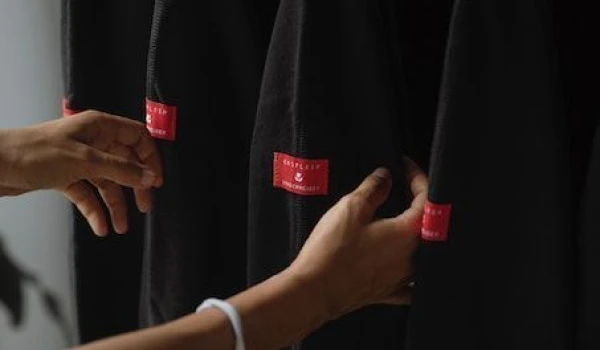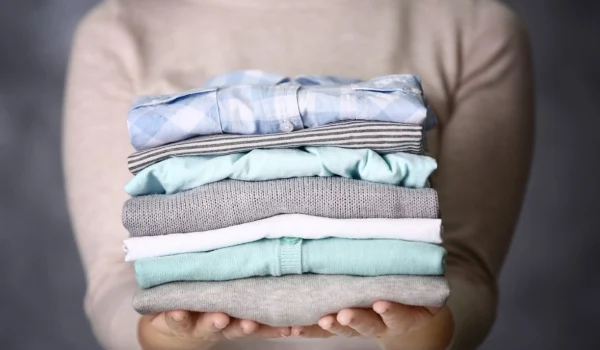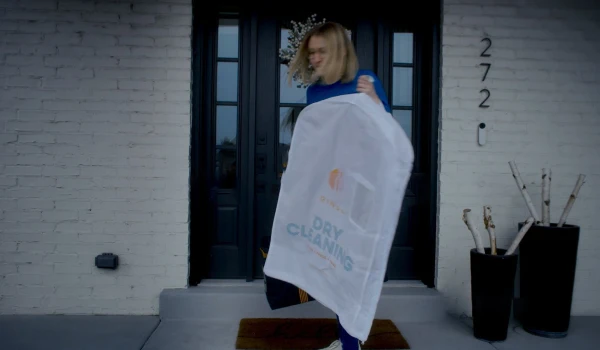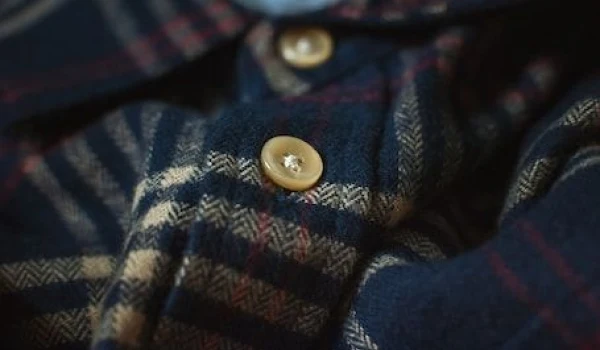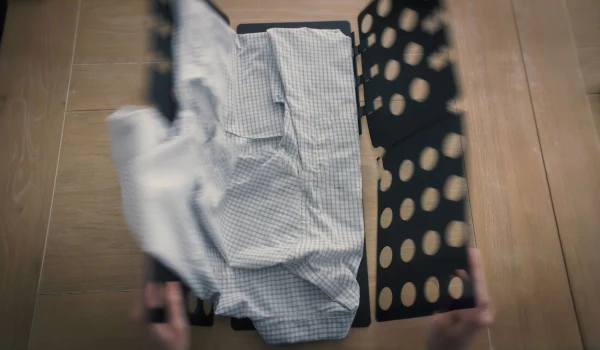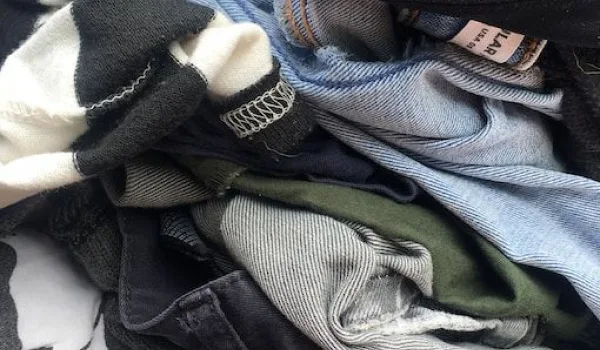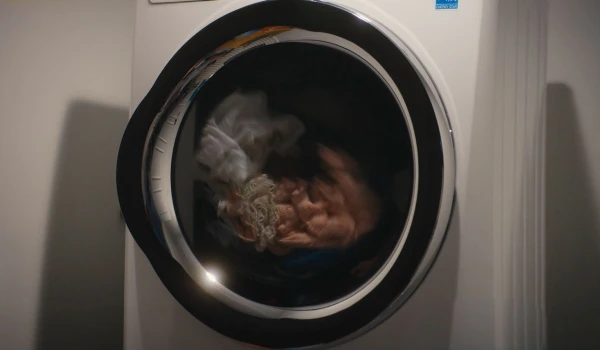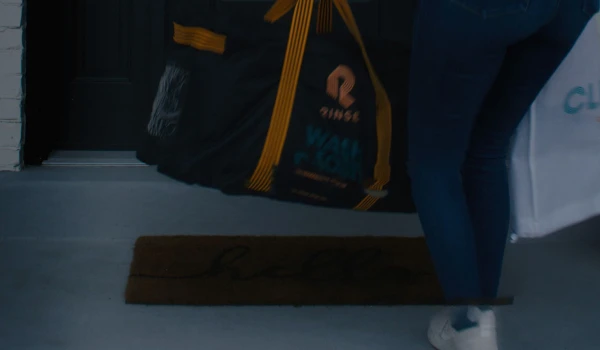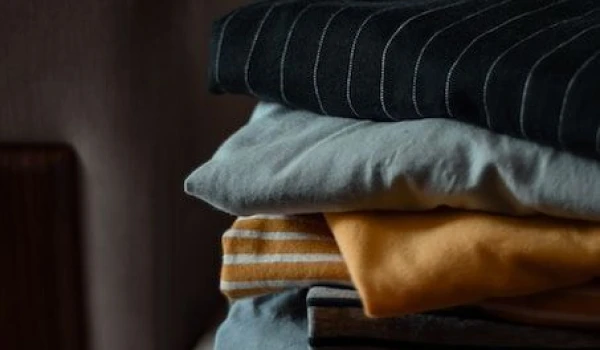Calculating Your Washing Machine's Capacity: The Magic Formula
Wondering how to obtain your washer's dimensions? Here is a simple formula you can use:
Volume in cubic feet = r * r * pi * d
Where:
- r = radius in feet = half of the diameter
- pi = ~3.1416
- d = depth of your machine in feet
To obtain the diameter, open your washing machine door and measure the distance from one side of the drum to the other, passing through the center. The radius is the diameter divided by two. The depth of your machine is the distance from the front of the drum to the back (or bottom, if you have a top load model).
How Many Clothes Is a Load of Laundry?
Before you have your clothing laundered, you might want to check if your load size is appropriate by weighing it. A household washing machine usually holds 7 or 8 lbs of laundry, but professional machines can handle larger loads.
The Weight Method
You can weigh your laundry by following these three simple steps:
- Weigh yourself on a bathroom scale holding your laundry.
- Weigh yourself on the same scale without your laundry.
- Subtract the second weight from the first, and the total will be the weight of your laundry.
Alternatively, you can place your clothing in a laundry basket and weigh that on your scale. Remember to measure and subtract the weight of the empty basket afterward.
In addition, you can also approximate your laundry weight by adding up individual pieces. Here is a chart to help you get an idea:

The Items Method
Here's an infographic we put together to help our customers approximate what 15 lbs of laundry can include:

Depending on your wardrobe, your 15 lbs of laundry might include more or fewer items.
How to Load Your Washing Machine
Top Load Washer
Making sure your clothes are distributed evenly is crucial to ensure a thorough and efficient wash. Here are some tips to achieve that:
- Do not overload: Your clothes need to move freely during the wash cycle to be properly cleaned.
- Sort by similar weight: Group items by weight and fabric type. Where possible, wash heavier items such as jeans and towels together and delicates separately. This reduces the risk of fabric damage and allows for an even distribution of weight.
- Large items on the bottom: Sheets and towels should go at the bottom of the load, to create a stable base.
- Bulky items spread out: Blankets or comforters should be folded loosely and spread evenly around the drum. Avoid having them rolled up and on one side of the drum.
- Smaller items: Add smaller items on top of larger ones, avoid tangled straps or cords, and consider using a mesh laundry bag for delicates.
Front Load Washer
We also have you covered if your washing machine is front-loaded. All of the tips from top load washers apply, but take extra care to fill your load with one piece at a time to avoid tangles.

Why Is It Important Not To Overfill Your Washing Machine
In addition to preventing an optimal wash, running an overloaded machine strains the washer's motor suspension system and other internal components. This risks permanent damage and a reduced lifespan to your appliance. It can also lead to improper water drainage and airflow, allowing for mold or mildew growth. This can bring unpleasant odors to both your machine and your laundry. The wash itself will take longer, feature excessive vibration and noise, and inefficient use of energy, water, and detergent.
Forget About the Weight and Let Rinse Handle It!
If you don't have time to do your own laundry, you can turn to a professional to take care of your clothes.
Some cleaners have a 15 lbs minimum policy, so you'll need to make sure your laundry meets their requirements.
Alternatively, you could try Rinse and not worry about weight! Did you know that Rinse offers Wash & Fold service in addition to our Dry Cleaning service? Our Rinse Repeat subscriptions do not have a minimum pound requirement! Sign up and get your Wash & Fold picked up, expertly cleaned, and delivered straight to your door, 7 days a week.

Have laundry or dry cleaning to do?
Rinse picks up, cleans, and delivers 7 days a week. Amazingly awesome. Ridiculously simple.



